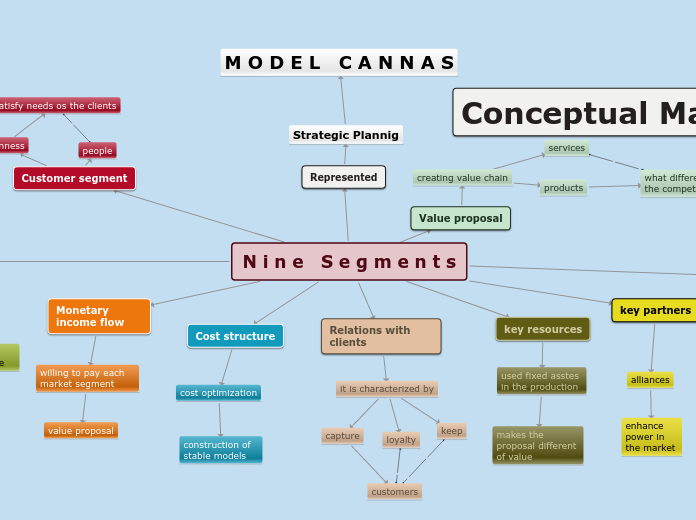Strategies
Concepts
PRICING STRATEGIES
Other pricing considerations
Economic conditions
Competitors
Price and demand
Types of market
Organizational factors
Target costing
Marketing strategies and objectives
Price adjustment
International
Dynamic
Geographic
Promotional
Psychological
Segmented
Discount and
allowance
Product mix
Product bundle
By-product
Captive product
Optional product
Product line
Skim and Penetrate
MAJOR Pricing Strategies
Competition-Based Pricing
Setting prices based on competitorsʼ strategies, costs, prices, and market offerings
Consumers will base their judgments
of a productʼs value on the prices that
competitors charge for similar products
Cost-Based Pricing
Cost-plus pricing adds a standard
markup to the cost of the product
Break-even pricing is the amount of money, or change in value, for which an asset must be sold to cover the costs of acquiring and owning it
Cost-based pricing setting prices based on the costs for producing, distributing, and selling the product plus a fair rate of return for effort and risk
Total costs are the sum of the fixed and variable costs for any given level of production
Variable costs are the costs that vary with the level of production
Fixed costs are the costs that do not vary with production or sales leve
Customer Value-Based Pricing
Good-value pricing offers the right combination of quality and good service at a fair price.
Value-added pricing attaches valueadded features and services to differentiate offers, support higher prices, and build pricing power
High-low pricing charging higher prices on an everyday basis but running frequent promotions to lower prices temporarily on selected items
Everyday low pricing (EDLP) charging a constant everyday low price with few or no temporary price discounts
uses the buyersʼ perceptions of value, not the sellers cost, as the key to pricing
Price is considered before the
marketing program is set
Cost-based pricing: is product driven
Value-based pricing: is customer driven
Relevant facts for pricing
Product Costs
costs that are those directly related to the production of a product or service intended for sale
Marketing Strategy, Objectives and Mix
criteria established by the marketing department to sell a product or service in terms of company requirements
Market and Competition
external aspects that influence the price of the product or service
Customer Perceptions of Value
is a marketing term that refers to the way a consumer views a product. This term attributes the success of a product or service to the perceived value consumers assign to it
Price
Illegal actions
Pricing policy
Deceptive pricing
Price Maintenance
Price Discrimination
Predatory Pricing
Price Fixing
The sum of all the values that consumers give up in order to gain the benefits of having or using a product or service









